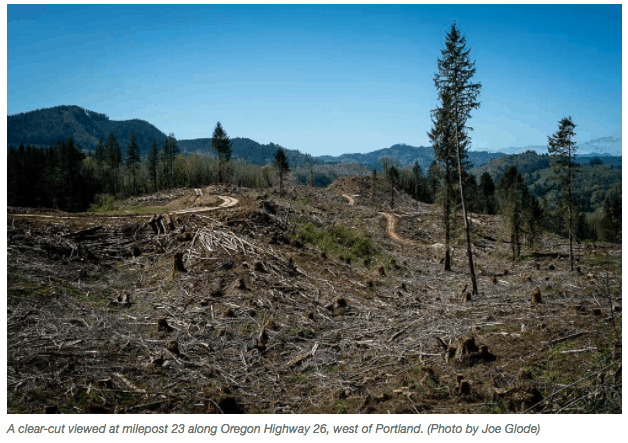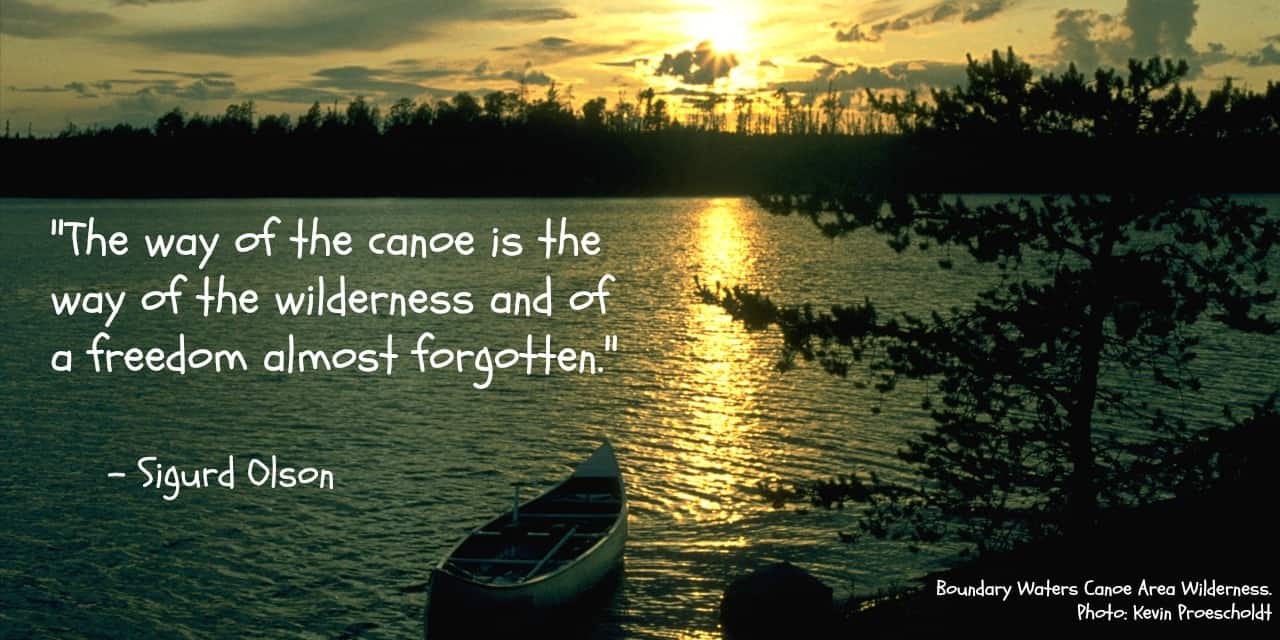On December 7, 2017 the House Natural Resource Committee’s Subcommittee on Federal Lands will hold a hearing on H.R. 1349, a bill from Rep. Tom McClintock (R-CA) [Lifetime 4% LCV rating,], which would “amend the Wilderness Act to ensure that the use of bicycles, wheelchairs, strollers, and game carts is not prohibited in Wilderness Areas and for other purposes.”
The text of H.R. 1349 is only one paragraph in length, and based on the wording, ALL Wilderness areas in America would be open to bicycles, wheelchairs, strollers, and game carts.
Here’s some more information and an action alert on this issue from Wilderness Watch:
For over 50 years, the Wilderness Act has protected Wilderness areas designated by Congress from machines of all types. This has meant, as Congress intended, that Wilderness areas have been kept free from cars, trucks, ATVs, snowmobiles, bicycles, and all other types of motorized and mechanized transport.
Unfortunately, a loud contingent of some mountain bikers and an off-shoot mountain biking organization, the Sustainable Trails Coalition (STC), have convinced notoriously anti-Wilderness Congressman Tom McClintock (R-CA) to introduce H.R. 1349, a bill which would amend the Wilderness Act to allow bikes, strollers, wheelbarrows, game carts, survey wheels and measuring wheels in every unit of the National Wilderness Preservation System.
In an especially cynical and disingenuous move, the mountain bikers seem to hide behind people with disabilities in their effort to make America’s wildest places merely a playground for cycling! The mountain bikers list “motorized wheelchairs” and “non-motorized wheelchairs” as the first uses to be authorized in Wilderness under their bill (even prior to the listing of “bicycles”), though the 1990 amendments to the Americans with Disabilities Act (ADA) have clearly allowed wheelchairs in designated Wilderness for more than a quarter-century.
For more information regarding “Fake News” being spread by some mountain bikers, see Five Lies Being Used to Get Mountain Bikes into Wilderness.
You may recall that the STC had a bill introduced last year in the U.S. Senate by the Utah Senators Orrin Hatch and Mike Lee, whose lifetime conservation voting records as compiled by the nonpartisan League of Conservation Voters are just a paltry 9% and 10% respectively. That bill would have opened the Wilderness System to mountain bikes, and also to chainsaws.
Fortunately, last year’s bill went nowhere, in no small part to the actions taken by Wilderness defenders around the country!
Unfortunately, the new bill could very well advance in the current anti-Wilderness Congress, allied with the new Trump Administration that seems hostile to environmental protection. Rep. McClintock, a member of the House Natural Resources Committee, also chairs that panel’s Subcommittee on Federal Lands. This means he is in a significant position of leadership, and could mean that this year’s mountain bike bill might well advance in Congress. McClintock’s lifetime conservation voting record is even worse than those of the Utah Senators, at a barely-registering 4%.
Last year, anticipating the 2016 Senate bill to open Wilderness to mountain bikes, Wilderness Watch spearheaded a sign-on letter to Congress in opposition to opening up the National Wilderness Preservation System to bikes. It resulted in a total of 114 wilderness-supporting organizations from around the nation signing on, clearly showing that the conservation community is united in its opposition to the mountain bikers’ efforts. We are in the process of putting together a similar sign-on letter for 2017.
Now we need your help! Please take a few minutes to urge your representative and senators to oppose H.R. 1349 and all attempts to amend and weaken the Wilderness Act to allow mountain bikes in Wilderness.
At a time when Wilderness and wildlife are under increasing pressures from increasing populations, growing mechanization, and a rapidly changing climate, the last thing Wilderness needs is to be invaded by mountain bikes and other machines!






